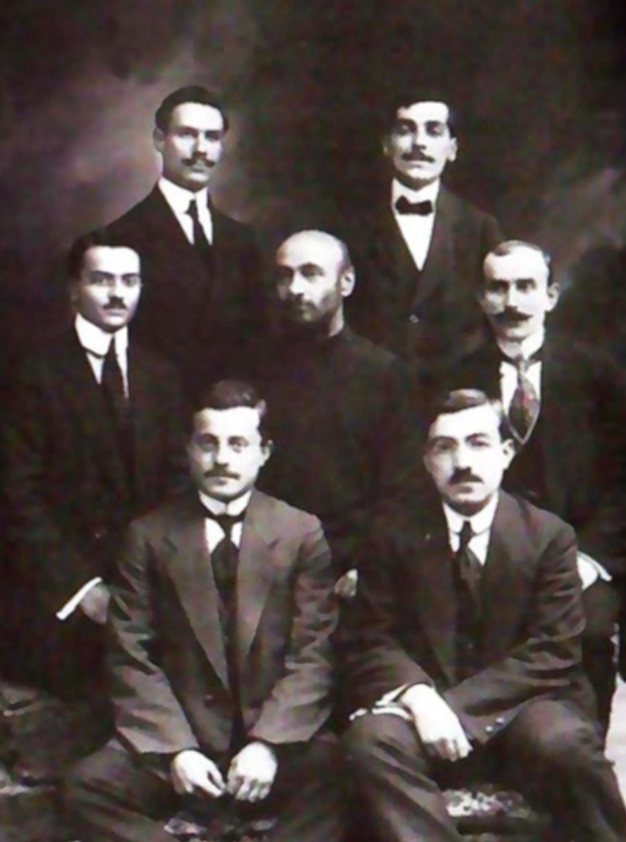
Komitas’s Sacred Harmony Before the Silence, the Last Liturgy
Hratch Tchilingirian | 24 April 2025
During the chaos of World War I in Constantinople, Komitas Vardapet began composing a version of the Armenian Divine Liturgy (Badarak) for a male choir. Due to military exemptions for some educators and church servants, including a few from the Armenian Church in Galata (Istanbul neighborhood), Komitas gathered a group of about 25–30 young men and worked intensely—sometimes day and night—to train them and compose the choral arrangements, carefully crafting each voice part as its own unique melody.
This effort resulted in a fully reimagined male-choir version of the Divine Liturgy over a few months. Students would meet weekly at the church or Komitas’s home to rehearse, and Komitas meticulously revised and refined the work.
Though Komitas had worked on various versions of the Divine Liturgy since the 1890s (adjusting for different choirs and situations), the final version, created between October 1914 and spring 1915, was his last. It was performed for the first time on April 17, 1915, a week before the Armenian Genocide began, and again the following morning on Easter Sunday. A third performance was planned for May 2 but never took place.
Only fragments of this version survive today. The work stands as one of Komitas’s most profound achievements—where the music itself speaks the sacred words, rendered entirely through the human voice. It remains a deeply spiritual, masterfully polyphonic creation that continues to be admired and honored.
* Based on an article by Gohar Avagyan («Վերջին Պատարագը՝ Կոմիտասեան Ձայներով») in Nor Haratch (Paris), April 24, 2025 issue.
Photo: Komitas with his students, 1914, Constantinople.

